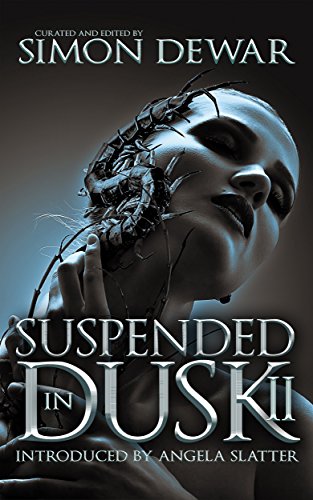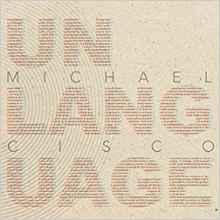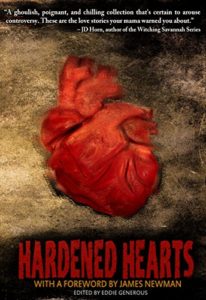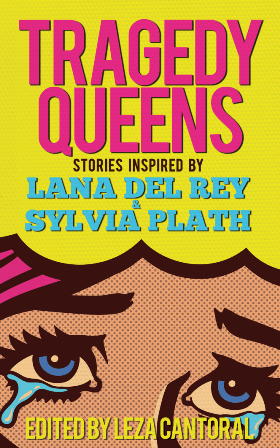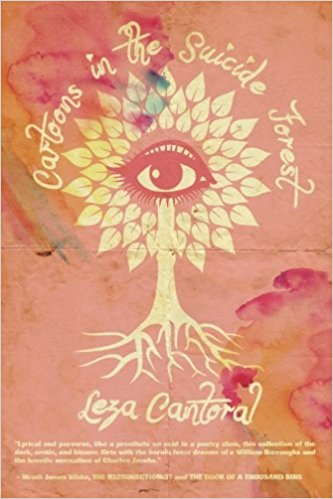Welcome back! Today, I’m thrilled to feature author Julie C. Day! Her fiction has appeared in Black Static, Interzone, and Electric Velocipede, among other outlets.
Recently, she and I discussed her inspiration as a writer, her favorite fabulism authors, and how she put together her forthcoming collection, Uncommon Miracles.
What first inspired you to become a writer? Also, do you remember the first speculative fiction story you ever read?
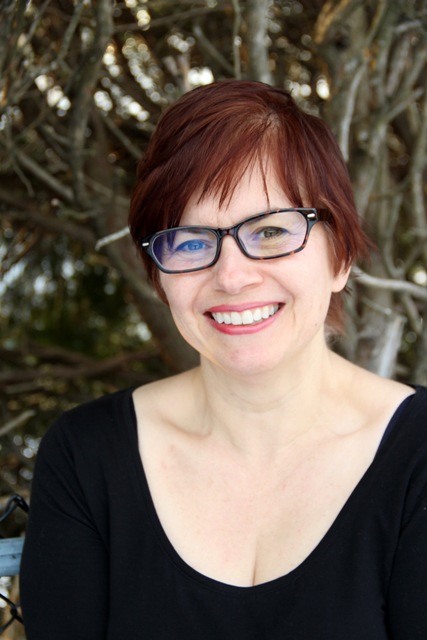 I was one of those dreamy kids, always half immersed in some personal storyline. Sometimes those imaginary worlds were based on something I’d read or seen on TV. Sometimes who the hell knows, even then it got weird… I also spent many days on my own little projects. For example, one summer I created a moon base out of papier-mâché, thought through the social structure of the community, and drew an associated map. In the end I wasn’t so much inspired to be a writer as looking for a way to share my internal life with the world.
I was one of those dreamy kids, always half immersed in some personal storyline. Sometimes those imaginary worlds were based on something I’d read or seen on TV. Sometimes who the hell knows, even then it got weird… I also spent many days on my own little projects. For example, one summer I created a moon base out of papier-mâché, thought through the social structure of the community, and drew an associated map. In the end I wasn’t so much inspired to be a writer as looking for a way to share my internal life with the world.
Almost from the beginning I read a ton of speculative fiction, along with other types of fiction, nonfiction, and even the occasional pamphlet. I was one of those young obsessive readers. But oh my God, the first story to punch me in the gut? It was definitely Ray Bradbury’s “The Veldt.” In 4th grade I was part of something called the Great Book Series. We kids were tasked with reading a short story a week and then discussing it. “The Veldt” was this crazy emotional truth disguised as fiction. That story is steeped in dysfunctional families, suppressed rage, technology and violence. It was the most darkly psychological piece I’d read. It tripped all my neural synapses.
Your collection, Uncommon Miracles, is forthcoming from PS Publishing. Please tell us a little about your process in putting together Uncommon Miracles. How did you choose the stories to include, and what can you reveal about the work that’s brand new to the collection?
Unbelievably, the collection is actually available for pre-order. The signing sheets have been signed. The cover has been paid for. At this point there is no going back on my selection process…To be honest, the choice part was so damn basic. It’s sort of embarrassing. I looked at each piece, took my internal emotional temperature—did it still resonate—and then decided if the writing quality, to my mind, was strong enough. It was all incredibly subjective. There are more stories that I likely could or should have included, but if I waffled I immediately tossed it on the No pile. After looking over the eighteen that I’d selected the thread that connected them was pretty obvious: the miracle of finding a moment of peace or a moment of cloud-tinged grace in an ugly world.
My poor characters. It’s all unsettled shades of gray. And the four stories that are original to the collection are no exception. One of them “Mourning Food: Recipes Included” is just begging to be extended beyond the four recipes I wrote. I’d love to create a sort of Julie-death-recipe version of Edward Gorey’s Gashlycrumb Tinies. You have no idea how much that idea tickles my fancy!
Your fiction often incorporates elements of fabulism. Who are some of your favorite fabulist authors and/or some of your favorite fabulist works?
Leena Krohn’s Tainaron: Mail from Another City is an amazing piece of fiction. It’s written as a series of letters describing the narrator’s experience in their new home, a city of insects called Tainaron. It’s evocative and incredibly surreal. The city Krohn creates relies on the true behaviors of various insects, termites, bees and etc. and then extends that factual information to create the wild and rich tapestry of subcultures that make up Tainaron.
Ann Leckie’s Ancillary Justice blew me away, not because it checked all the space opera boxes but because the multi-bodied AI perspective took me somewhere new. It was a genius conceit and for me felt like fictional extension of the psychological concept of part selves or subpersonalities. For me that makes the work both fabulist and science fictional.
N. K. Jemsin’s The Broken Earth trilogy was the only trilogy I have ever read back to back. It was painful and exciting and one fast read. The trilogy involves an intensely original geologically-based society, alien life, ruins, an apocalyptic event, and a non-Eurocentric world that somehow mirrors the race and ethnicity issues of our own time. How could I not love it? Jemsin is one of the most impressive contemporary writers in genre. Success hasn’t led her to do more of the same. It’s led her to stretch her writing even farther. Her work just keeps getting richer.
Looking over this list so far, I definitely cheated a bit. They wouldn’t all necessarily be classified as clearly fabulist. But they are all works that definitely resonate with me. Which I guess is my way of saying I’m just going to keep cheating!
The Only Ones by Carola Dibbell is an amazingly well written and immersive near-future dystopia. It’s not YA. It’s not full of predictable characters. It’s not full of sentences that have that rubbed clean of personality. Two Dollar Radio is one of those small presses that is publishing both literary and genre and just about everything else and it is all fantastic.
Everyone talks about the Jeff Vandermeer’s Southern Reach Trilogy, which is absolutely fantastic, but his novel Finch has that wondrous mix of surreal, scientific, and noir, all bundled together in a line-level stylistic package. China Miéville’s The City and the City grabbed me and dragged me along for much the same reasons.
Perhaps I could list just a few more? Small Beer Press publishes a ton of work I adore. A couple of absolute stand outs are Nathan Ballingrud’s collection North American Lake Monsters and Mary Rickert’s collection You Have Never Been Here. And then there are the classic novels… Shirley Jackson’s We Have Always Lived in the Castle. Philip K. Dick’s The Three Stigmata of Palmer Eldrich. Now I really will stop!!!
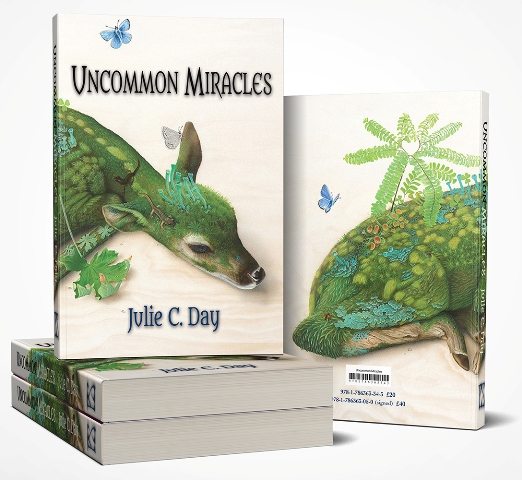 What themes are your favorite to explore in your writing? Conversely, what ideas are you eager to explore further in your future work?
What themes are your favorite to explore in your writing? Conversely, what ideas are you eager to explore further in your future work?
I find myself returning to certain themes almost accidentally: religion, the unreliable nature of reality, grief, loss, memory and the nature of self. In general, I write dark, weird, surreal pieces that play with genre tropes and literary techniques and that often use scientific facts as a metaphoric lens on the human condition. Or to put it another way, what I live for in my writing is to surprise myself. If I knew what I would be up to, the part of me that actually writes the words would sprint in the opposite direction. Surprise parties can feel like a let down, but surprising creative ideas? They are the stuff that makes the world worth turning.
You’ve been in the writing world for a number of years now, and you’ve been published in some of the biggest speculative fiction outlets, including Interzone and Black Static. What advice do you have for writers who are in the earliest stages of their careers? In particular, what do you wish you’d known when you were just starting?
It’s funny. I’ve been publishing for six years, which for some people seems relatively recently, but for others seems a decent amount of time. I do feel like I’m in a very different place from those first few sales or even those first few completed stories.
Writing is a deceptive term and a deceptive discipline. The truth is it is rewriting, mountains of rewriting. And there is no formula for how to approach it. There are a vast array of approaches writers, successful interesting amazing writers, use. There is no “secret true way.” Don’t let anyone straightjacket you. I spent too many years not feeling worthy and not feeling like I was approaching my creative work “correctly.” Fuck that. It held me back. Don’t let it do the same for you.
And truly don’t worry if you end up taking a lot of seemingly unnecessary tangents: writing scenes you don’t use, trying all the POVs in a single piece, learning about interactive fiction. The key is to immerse yourself in a particular piece of writing until it feels like you’ve gotten the essential “thing” right. Those imperfections? Those technical scars? Sure learn what you can, gather feedback from others, but remember you may not be able to smooth them away and still write the story you feel you need to write. That’s okay. True fact: nothing is ever perfect, but if you are very lucky, it is uniquely yours.
And like all advice, if mine doesn’t feel right for you, please, please, please, don’t take it.
Out of your published stories, do you have a personal favorite?
Can I go for the short answer just this once? No. I’m in love with every story I’m actively working on. For me that’s just the nature of the beast. The ones I’ve written all contain something I care about. Like children and pets, it feels somehow disloyal to single out just one!
What upcoming projects are you working on?
As well as the death recipe book idea that is definitely still percolating, I also have significant pieces of a mosaic novel called Ash that I want to move forward. I’m hoping the fall will give me the space to spend some real time on it. My novella “The Rampant” is currently out on submission. It’s dark and weird and intense and very much me. At 125 pages it also just manages to squeeze into the novella category. I’m also in the midst of writing a tabletop RPG game for Evil Hat’s Fate World series called Divided Lights. I think it’ll come out next year but I’m not sure exactly when. I’ve also been spending some time on short stories, which is lovely. I have far too many partials waiting for my attention.
Where can we find you online?
I love this question. No introspection required!
I’m all over the place. I’m on Twitter and Instagram @thisjulieday. You can also find me on my blog http://stillwingingit.com/.
If you’d rather not deal with streams of information, you can sign up for my very occasional—I cross-my-fingers-promise—newsletter, which is a gentle way to find out what the heck I’m up to.
And then there’s Pinterest and Goodreads. (Thankfully virtual me seems to manage things just fine while I’m sleeping and otherwise distracted by my physical life.) My Pinterest account includes a board full of images I used as inspiration while writing the stories in the collection. And I’m also on Goodreads both as an author and as a reader. Phew! List complete.
Thank you so much for this interview! I don’t often get the chance to talk directly about all this stuff. It’s been a real treat.
Huge thanks back to Julie C. Day for being part of this week’s author interview series!
Happy reading!

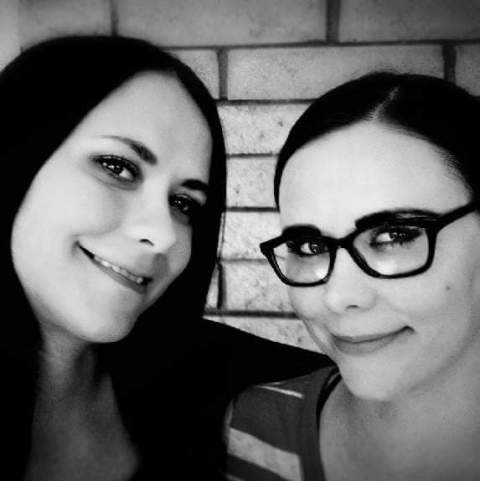 We decided to become writers after listening to our older brother read to us. He always read all the Goosebumps books which were some of our favorites because we have always loved monsters and Halloween. We also felt the pull to become storytellers from our father who liked to tell ghost stories around the campfire when we were on family vacation in the woods. Some of our favorite writers as children were R.L. Stine, Roald Dahl, Shel Silverstein, and Alvin Schwartz but as we grew we latched onto Mary Shelley, Anne Rice, Ursula K. LeGuin, Clive Barker, R.A. Salvatore and Stephen King. We still greatly enjoy reading a mixture of genres and among our favorite books are The Dark Tower, Dragonlance, Forgotten Realms, Pet Semetary, among many others.
We decided to become writers after listening to our older brother read to us. He always read all the Goosebumps books which were some of our favorites because we have always loved monsters and Halloween. We also felt the pull to become storytellers from our father who liked to tell ghost stories around the campfire when we were on family vacation in the woods. Some of our favorite writers as children were R.L. Stine, Roald Dahl, Shel Silverstein, and Alvin Schwartz but as we grew we latched onto Mary Shelley, Anne Rice, Ursula K. LeGuin, Clive Barker, R.A. Salvatore and Stephen King. We still greatly enjoy reading a mixture of genres and among our favorite books are The Dark Tower, Dragonlance, Forgotten Realms, Pet Semetary, among many others.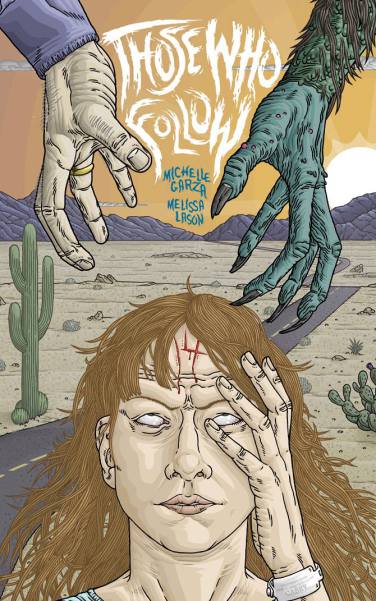 We have been writing together for a long time just for fun so it has become a ritual for us to get together a few times a week or if it’s really busy we talk over the phone. We zero in on a project we want to work on from the lists of stories we keep around at all times. We always write an outline for the story, unless it’s a spontaneous short story that leaks out on occasion. We divide the writing by chapters and get to work and then we sit together and read it all out loud to make sure it all jives and is going in the direction we envisioned. Once it’s complete we send it off into the wild and await our acceptance or rejection. If it’s accepted we go over any edits or changes requested and Michelle handles those. We think so much alike that we work very well together and there usually aren’t any arguments over the plot and such.
We have been writing together for a long time just for fun so it has become a ritual for us to get together a few times a week or if it’s really busy we talk over the phone. We zero in on a project we want to work on from the lists of stories we keep around at all times. We always write an outline for the story, unless it’s a spontaneous short story that leaks out on occasion. We divide the writing by chapters and get to work and then we sit together and read it all out loud to make sure it all jives and is going in the direction we envisioned. Once it’s complete we send it off into the wild and await our acceptance or rejection. If it’s accepted we go over any edits or changes requested and Michelle handles those. We think so much alike that we work very well together and there usually aren’t any arguments over the plot and such.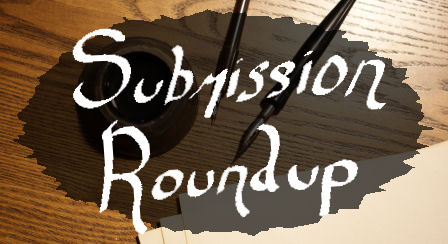 FIYAH
FIYAH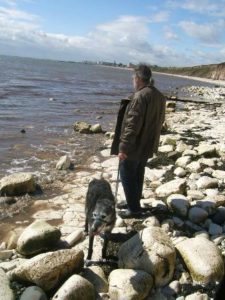
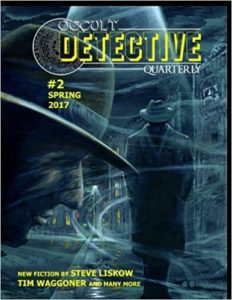
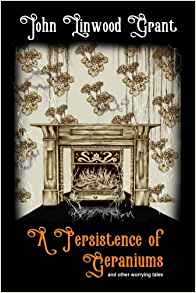
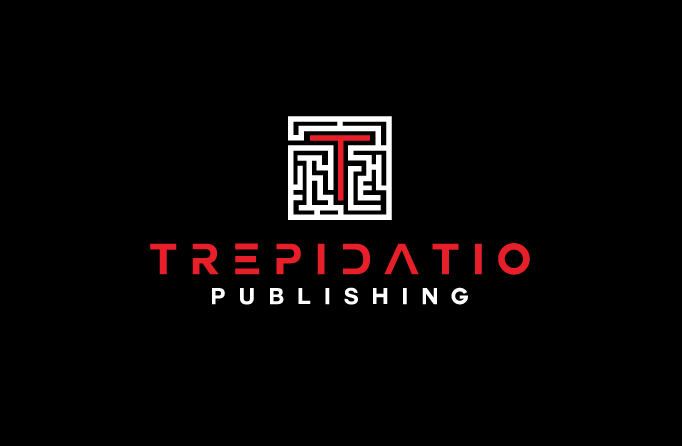 The Rust Maidens
The Rust Maidens